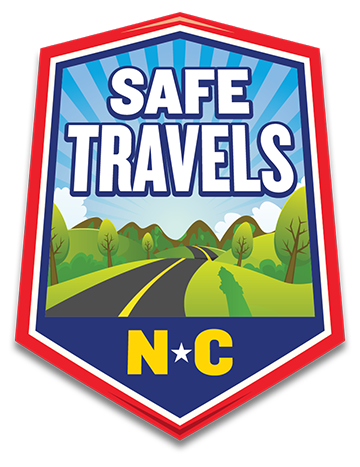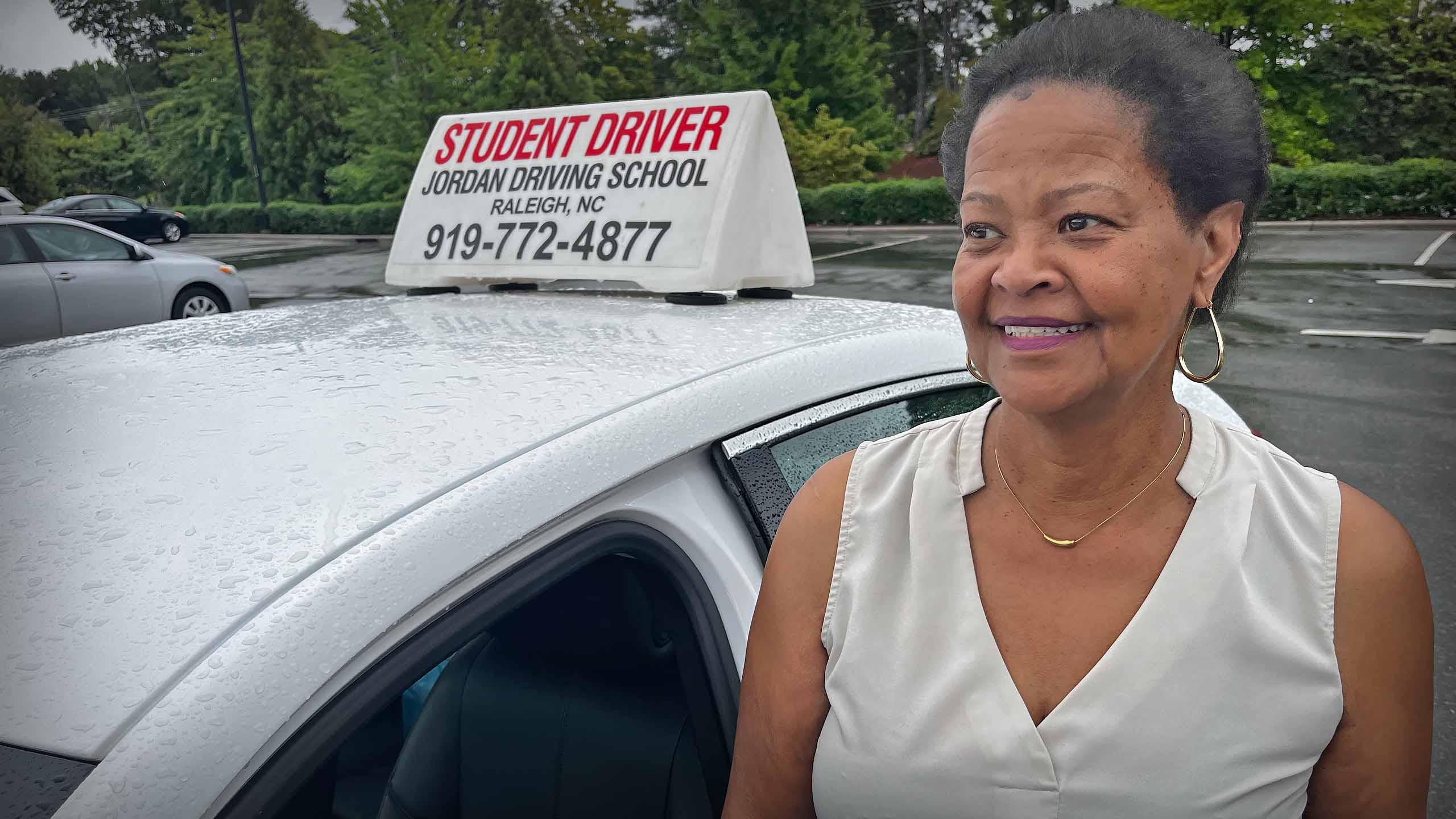STARTING POINT
Every Crash Has a “Blast Radius”
Vehicle crashes kill an average of more than 1,600 people a year in North Carolina. They injure more than 116,000.

Welcome to Safe Travels NC, a new free monthly email newsletter from the North Carolina Alliance for Safe Transportation. It’s packed with information to help keep North Carolinians safe no matter what form of transportation they use. You’ll get news, insights from safety experts and the latest in research and analysis on how we can all move through the world a little safer.
As we launch this newsletter, we hold our neighbors in Western North Carolina in our prayers. It may well take years to rebuild entirely the transportation infrastructure in that part of the state, and for now we urge everyone to avoid the hazards still present on roads and highways there.
We hope you find this edition of Safe Travels useful. Please forward it to friends and family so they can subscribe, too!
And, if you have a topic you’d like to see featured, or a question to ask, reach out!
Joe Stewart, Tiffany Wright & John Hardin
NC Alliance for Safe Transportation Board of Directors
Travis Fain
Executive Editor, Safe Travels NC
STARTING POINT
Vehicle crashes kill an average of more than 1,600 people a year in North Carolina. They injure more than 116,000.

When a car crash killed Jim Ezzell in 1991, it produced a ripple effect. His wife lost a husband. His sons lost a father. His law firm closed, putting people out of work. “There’s a blast radius to these kinds of crashes,” said Mark Ezzell, Jim Ezzell’s son and now director of the North Carolina Governor's Highway Safety Program.
Jim Ezzell was a state senator from Nash County and a 34-year-old Roy Cooper, who at the time served in the state House of Representatives, was appointed to replace him. Cooper went on to become attorney general, then governor. He appointed Mark Ezzell to head the Highway Safety Program in 2017.
Jim Ezzell wasn’t wearing a seat belt in that crash, and he was thrown from the vehicle. His wife, Patsy Ezzell, was wearing hers, and she celebrated her 86th birthday this year. Vehicle crashes kill an average of more than 1,600 people a year in North Carolina. They injure more than 116,000.
And yet, “you don’t see a lot of nonprofits working in the area,” Ezzell said
That’s why the North Carolina Alliance For Safe Transportation (NCAST) was launched in 2022: To build coalitions of like-minded businesses and organizations to address transportation safety issues and find the best ways to communicate with the public to promote good driving behaviors. The goal is reducing the number of transportation-related crashes, injuries and fatalities in North Carolina, and among the groups NCAST works with is the Governor’s Highway Safety Program.
With Cooper nearing the end of his second term, Ezzell is contemplating the future, but he spent some time talking with Safe Travels NC about the past. He’s made a career in causes, working at various times with the NC Health & Wellness Trust Fund, Addiction Professionals of North Carolina, the Governor’s Crime Commission and the North Carolina Council on Developmental Disabilities.
He’d like to see transportation safety get a little more attention.
“It’s not just about individual behavior,” Ezell said. “Individual behavior is an important part of it, but there’s other aspects. We really need to create a system that is devoted to safety.”
Q: What does that look like?
EZZELL: Well, we need safe roads. We need safe cars. We need safe people. When it comes to drivers, we need safe speeds. And, in the event of a crash, we need quality EMS response.
Q: How many of those boxes would you say as a society we check right now?
EZZELL: I think we check all of them in part, and we check none of them in whole.
Q: Will we ever?
EZZELL: We could. If you look at some of the Nordic countries, traffic crashes are rare. Those countries have all come together and, after a great deal of public outcry, come up with really comprehensive, redundant systems that protect people on the roads. And there was a time when their number of traffic deaths were, as a percentage, as big as ours.
Q: How do you convince people that transportation safety, and deaths, and injuries that are caused by crashes are a crisis that needs to be responded to, as opposed to just part of life?
EZZELL: That's part of the problem, is that we've almost become immune to it.
Ezell uses a wheelchair, which gives him a different perspective on transportation safety, and particularly pedestrian safety.
“I am somebody who has had to be in the road facing an 18 wheeler coming at me because there was no curb cut or sidewalk,” he said. ”A lot of folks haven't had to wheel in front of a very large, jacked-up pickup truck that is higher than they are tall, that maybe doesn't see you.”
Ezzell and his wheelchair traveled to the base camp at Mount Everest in 2003, about 17,000 feet above sea level. It makes a better story than it did an experience.

“It’s like sleeping in a rock quarry, and it feels like you’re breathing through a straw,” he said. “When I was in that tent, it was like minus five degrees inside.”
“We have to look at the other factors that influence traffic safety, not just individual behaviors. Our road design, the design of our cars, the fact that we advertise our cars to be fast. All those things are major factors in the way people are driving.”
Q: Yeah. People, they want safety in a car for their kids, but in a car for themselves they want sexy. They want big and fast. They want fun.
EZZELL: They want fun. Tesla advertises a “ludicrous mode” in its cars. Other cars advertise the bigness and the size. There's interesting research on the size of vehicles and the effect on traffic deaths and serious injuries.

Q: What do you see as the number one challenge in transportation safety that has some sort of design or policy fix?
EZZELL: We need to continue to have a really robust graduated driver's licensing law, where you have those three tiers that young people go through when they get a license. The other thing I'd like to see us look at is, for some roads, the use of more automated enforcement. One thing that could be considered is using speed cameras in school zones. And I know that there are good arguments against that kind of thing, but we know statistically that those can prevent a lot of crashes.
Q: I understand it was your idea to start NCAST. Can you speak a little to what you see as the mission?
EZZELL: I think NCAST can really be an educational tool, especially for opinion leaders. The second thing NCAST can do is bring the public together to make traffic safety something that the public is galvanized to address. We all care about it, but it's kind of at a low level. But there's tens of thousands of people who've been affected.”
“If I’ve learned anything, it’s that bringing the public, individuals who’ve really been touched by this, letting them have their say, makes a big difference. People are only able to make change when they effectively organize.”
with NC State Senator Vickie Sawyer
State Sen. Vickie Sawyer, R-Iredell, chairs the Senate Transportation Committee. She’s also an insurance agent with two young drivers in the family. She tells them “Truly, one of those small fender-benders can turn into a big crash, that can turn into a life-changing event.”

Lenora Berryman is a retired special ed teacher, and she’s been teaching Wake County teenagers to drive for a decade. Here are her top tips for student drivers and their parents.
Let them drive. Start in an empty parking lot, of course, but once they know the basics, every opportunity you have to let your teenager drive you somewhere, take it.
Start with hand positions. Whether it’s 10 and 2, 9 and 3 or 8 and 4, make sure your child knows where to place their hands on the wheel.
MAKE them trust you. Students HAVE to listen. If yours starts interrupting you and saying “I got this,” tell them to stop the car. You’re taking over.
Announce EVERYTHING. Stop signs. Traffic lights. Upcoming turns. Point them out well in advance, then announce them again when it’s time to stop or turn.
When are they ready for the interstate? Sooner than you think. Berryman says get out there just before you, the parent, are comfortable doing so.
How do you stay patient? “I’m a praying person, number 1,” she said. The trick is to do your best and keep your teen driving until you AND they feel relaxed.
Remember: Anxiety transfers.


Students, consider becoming an NCAST Teen Safe Driving Ambassador!
Each year more than 10,000 North Carolina teenagers are injured in car crashes, and more than 100 are killed. The NC Alliance for Safe Transportation believes many of these crashes can be prevented by boosting peer-to-peer advocacy to reinforce a simple message: Good driving habits save lives.
That’s why NCAST is launching the Teen Ambassador program, and high schoolers who sign up to remind their classmates to avoid distractions, never drive impaired, obey the speed limit and wear their seatbelts will be eligible for a $500 scholarship at the end of the school year. Watch this space for details next month!
And please forward this to the young driver in your life. You’ll never know who you save.
You asked, 1st Sgt. Christopher Knox of the NC State Highway Patrol answered. This month’s question came from a student at Cary High School.
Got a question? Ask it in a short video and send it here.

Gone: I-40 through the mountains will take a long time to rebuild...


When should you stop walking your child to the bus stop? What’s the safest spot to cross the street? AAA published a great back-to-school reminder for parents and kids alike on pedestrian safety. Be careful! Nearly 1 out of every 5 children who die in a traffic crash is a pedestrian.
The Economist recently published a series (subscription required) on American highway deaths and the role vehicle weight plays in making U.S. roads nearly twice as dangerous as those in the rest of the wealthy world. The report included the chart below, which shows how much more likely crash deaths become as a vehicle’s weight increases, and it also includes this sobering sentence: “For every life that the heaviest 1% of SUVs and trucks save, there are more than a dozen lives lost in other vehicles.”

Thanks to The Economist for allowing us to republish the chart.
NCAST | Safe Travels NC
Questions? Emails us at info@safetravelsnc.org
Questions relating to privacy and the protection of your personal
information should be sent to info@safetravelsnc.org
Forwarded this newsletter? Subscribe here
Unsubscribe
©2024 North Carolina Alliance for Traffic Safety
Raleigh, NC